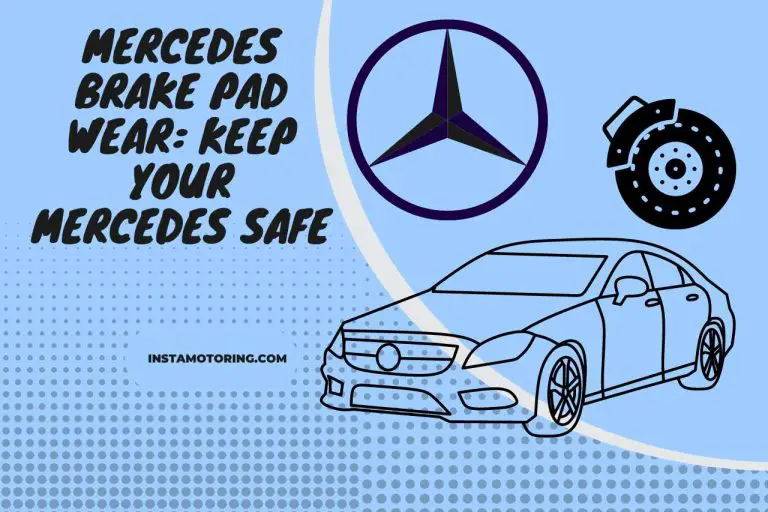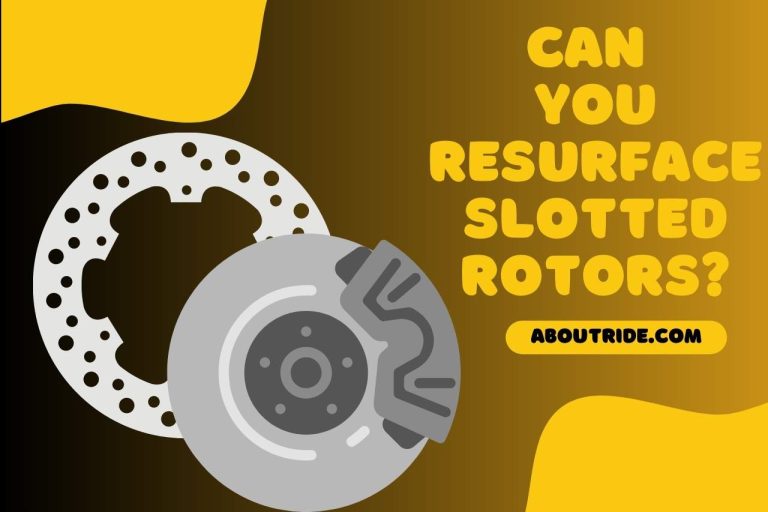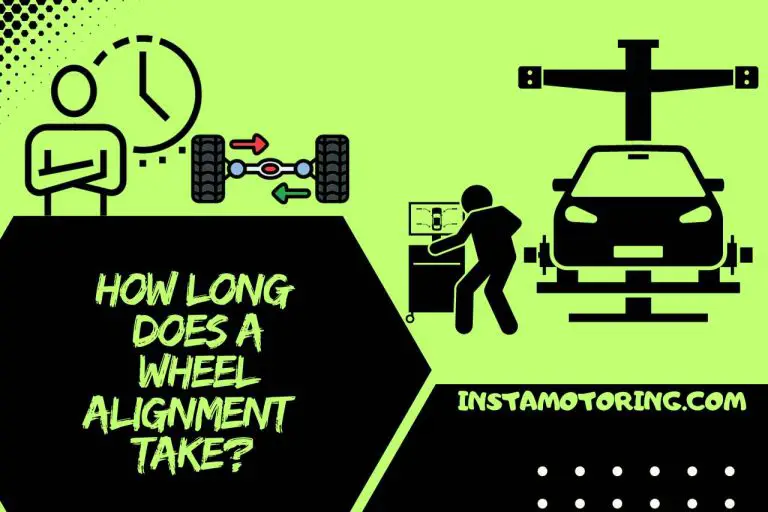Subaru Rab Disabled – (Implications & Resolutions)
Subaru leads the pack of modern vehicles regarding modern safety features with its Reverse Automatic Braking (RAB) system. Encountering the enigmatic ‘Subaru RAB Disabled’ message on your Subaru’s interface can be perplexing. This alert denotes the reverse-programmed braking system’s temporary deactivation. It is an important safety feature. Various factors can trigger this state, from a loose gas cap to sensor issues. This article delves into the complexities of the ‘RAB Disabled error.
What is Subaru RAB (Reverse Automatic Braking), and How Does It Work?
Reverse Automatic Braking (RAB), a cutting-edge safety technology from Subaru, was created to improve accident avoidance while backing up. When a wall or obstruction is detected in the route of the vehicle’s rear, this system recognizes it.
Alerting the driver through warning sounds and, if necessary, starting automatic braking. RAB plays a critical role in safety by drastically lowering the likelihood of collision damage.
The 2019–2020 Subaru Ascent Premium trim offers it as an option, while the Limited and Touring trims include it as standard equipment.
RAB shows Subaru’s dedication to advanced safety technology. Providing drivers with added confidence and protection while maneuvering their vehicles in reverse.
Why Might the Subaru RAB System Become Disabled?
Complex maneuvers require accuracy and may cause short RAB disablement. Understanding these elements gives Subaru drivers insight into possible reasons for RAB system deactivation. It will enable them to troubleshoot and restore the system’s maximum performance.
Obstructed or dirty sensors and cameras can impede the system’s ability to detect objects behind the vehicle accurately. Outdated software may also prompt deactivation. A loose gas cap can trigger this situation.
Specific circumstances require manual system deactivation, like tight reversing situations or when parking sensors generate false obstacle alerts.
Complex moves that require precision can temporarily turn off RABs. Subaru drivers can diagnose and restore the system’s optimal functionality by understanding these elements’ probable causes of RAB system deactivation.
What Are the Possible Reasons for RAB Disabling Itself?
In Subaru automobiles, the ‘RAB Disabled’ sign may appear due to below.
- Dirty Sensors – Sensors are obstructed by dirt, or the environment may cause the system to be disabled.
- Damaged Sensors – Deactivation may result from defective sensors, despite minimal damage, requiring professional repair.
- Cold Weather – Icy sensors or road contaminants may temporarily turn off a vehicle. This issue can be fixed by cleaning or reheating the car.
- Gas Cap – The message will be displayed if the gas cap is left off. Tighten the gas cap and reset the system to resolve the problem.
- Outdated Software – Older software versions may trigger the notification. Software updates improve the functionality of the driver-assistance system.
- Steep Roads – Incline parking might prevent the system from detecting nearby objects, causing temporary disablement.
- Cascade Failure – A cascade failure stemming from unrelated malfunctions may deactivate RAB for safety.
- Accessory Interference – Attaching accessories like bike racks can block sensors and deactivate RAB. Secure attachments are crucial.
Maintaining a functional RAB system is vital. Seek professional repairs if the message persists.
How Can You Tell if Your Subaru RAB System is Disabled?
The appearance of the ‘RAB Disabled’ error message in your Subaru indicates the deactivation or manual turn-off of the reverse automatic braking system.
Tap the RAB symbol on the touchscreen to toggle RAB off to discern this state. Holding the RAB symbol for a few seconds on the camera screen can turn the system on or off.
A loose gas cap, sensor dirt, or outdated software could trigger this situation. Subaru owners are more able to address potential causes and restore the performance of their RAB system when they are informed of these cues.



Is It Safe to Drive with the RAB System Disabled?
The answer is yes. It is possible to drive when the RAB system is deactivated. More attention must be paid when reversing to prevent accidents.
The requirement for careful maneuvering to guarantee road safety is highlighted by the absence of the RAB system forces and relies entirely on physical awareness and control when backing up.
What Steps Can You Take to Re-enable the Subaru RAB System?
Follow these instructions to turn the Subaru RAB system back on.
- Sit in the driver’s seat and start the car’s ignition, allowing the dashboard to illuminate.
- Enter the settings menu for the car.
- Find the ‘Eyesight’ area in the settings.
- The ‘RAB’ option can be found by scrolling down. Then choose it.
- A switch should be turned to the ‘On’ position.
- Press and hold the RAB button to restart the RAB system. This step improves your car’s ability to avoid collisions by ensuring the safety feature is operating correctly.
Does Disabling RAB Affect Other Safety Features in the Vehicle?
Turning off the Reverse Automatic Braking (RAB) system in a Subaru may impact other safety features that prevent backing collisions.
More information about the exact effects of disabling RAB on additional safety features should be provided in the given text.
The critical thing to note is safety systems like parking sensors, and rear cameras can complement RAB in enhancing collision avoidance.
The effectiveness of these features can vary, and the presence or absence of RAB might influence their performance.
They are potentially affecting the overall backing collision prevention capabilities of the vehicle.
Can Weather or Road Conditions Impact the Functionality of RAB?
The performance of self-driving cars can be considerably impacted by weather and road conditions.
Autonomous vehicles use radar and lidar sensors to navigate, but adverse conditions, like a lot of rain or fog, might make them less efficient. For instance, severe precipitation can reduce radar functionality, and electric AVs can experience decreased range in extreme weather.
It poses challenges to consumer trust and the adoption of self-driving cars. Incorporating real-time weather data into AV operating systems can enhance safety by assessing road risks in advance.
Watch this one,
Video Credits – Alex Prestigiacomo
You May Also Like



My name is James, I work as an Automotive Designer with 9 years of experience. I also work as a mechanic and vehicle inspector. I love deciphering complicated car exteriors and interiors and resolving fluid and oil troubles. InstaMotoring.com is here to help you troubleshoot your car with dependable and expert help.







